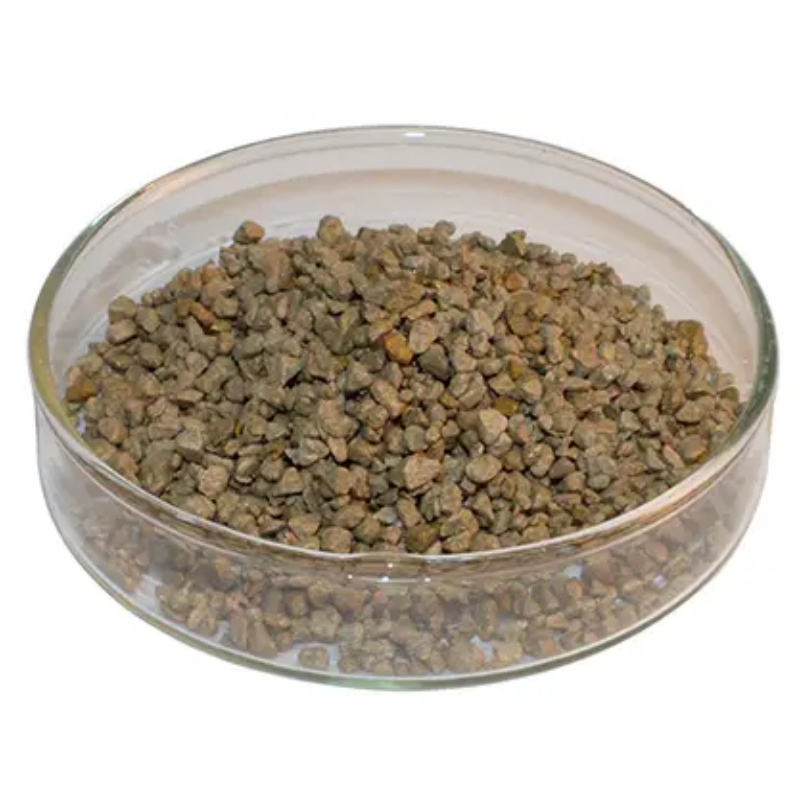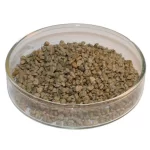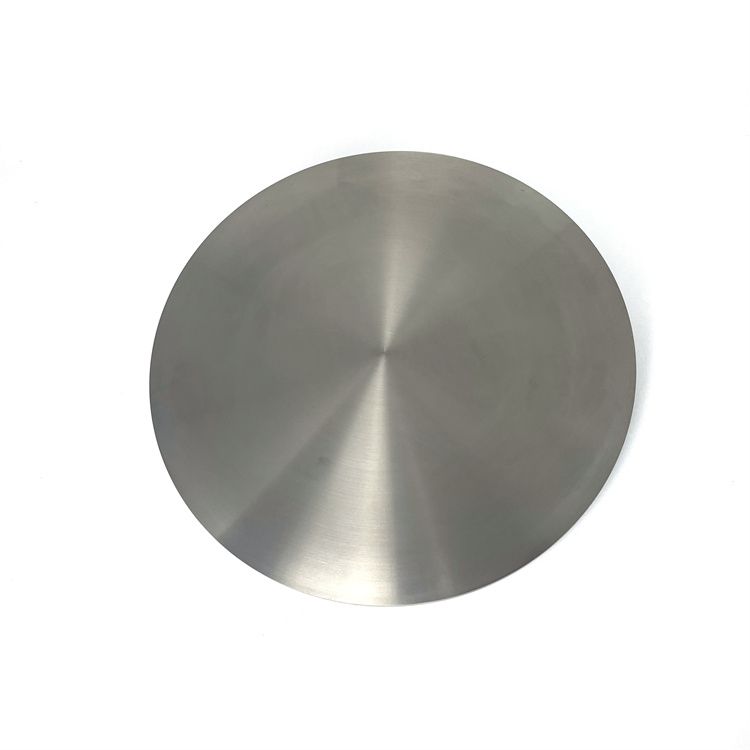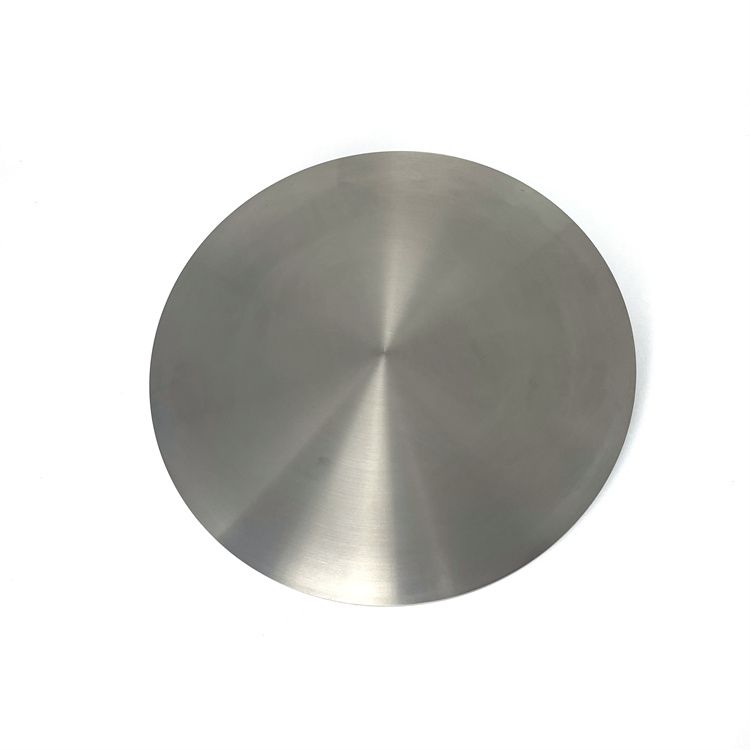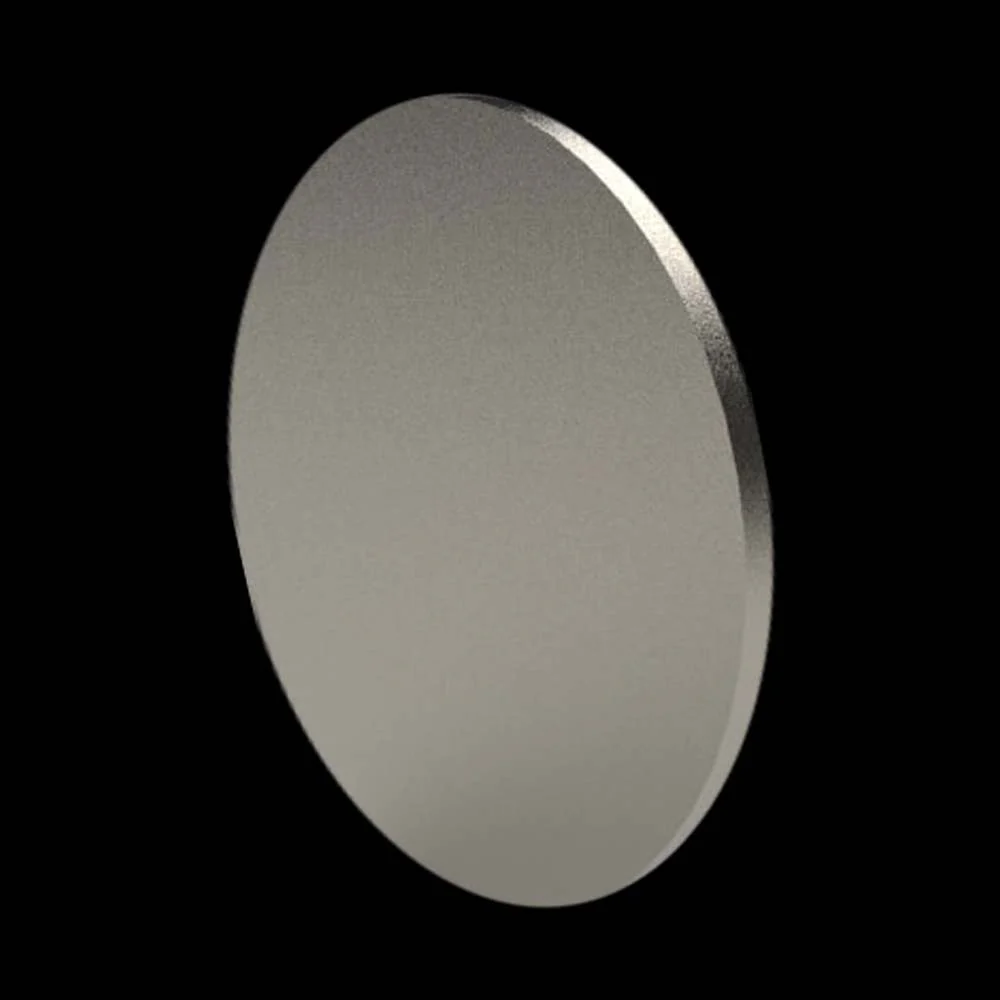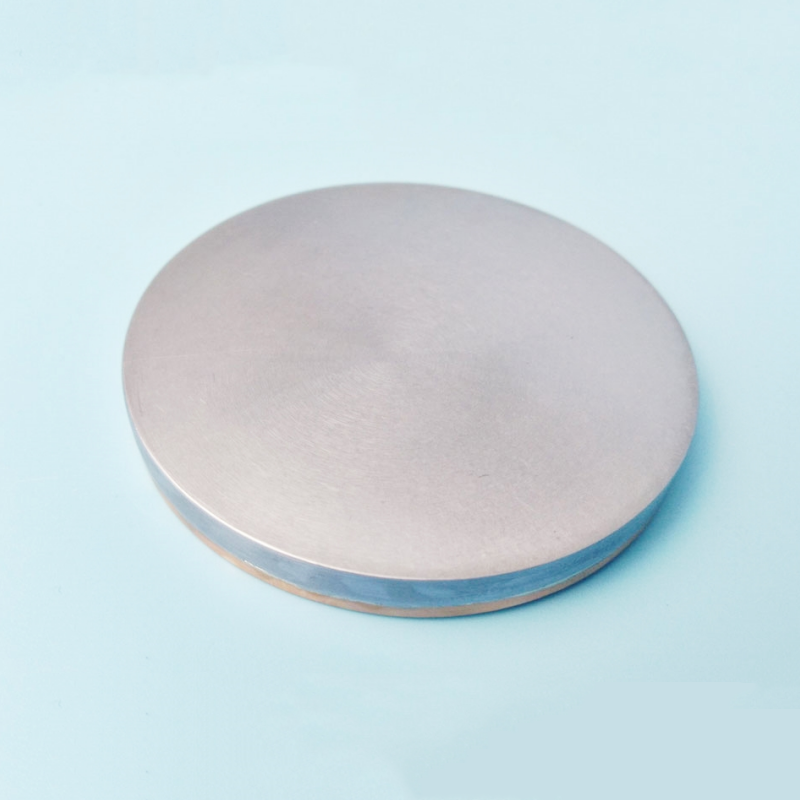Titanium monoxide (TiO) granules are high-purity inorganic materials recognized for their excellent electrical conductivity, optical properties, and chemical stability. They are widely used in advanced ceramics, semiconductor applications, specialized coatings, and high-performance electronic components. Due to their unique structural characteristics and thermal resilience, titanium monoxide granules play a crucial role in precision engineering, energy-efficient technologies, and innovative material development.
Product Overview
Titanium Monoxide (TiO) is a gold-colored, lustrous solid known for its unique electrical conductivity properties. It exhibits relatively high stability but undergoes transformation at high temperatures, making it suitable for high-temperature applications. This material is soluble in dilute hydrochloric acid and sulfuric acid and can sublimate in a vacuum, forming brown or reddish-brown condensates. Its exceptional conductivity makes it valuable in specific electronic materials and high-temperature processes.
Features
- Electrical Conductivity: The conductivity varies with temperature, making it useful in specialized applications
- High-Temperature Stability: Performs well under high-temperature conditions
- Two Crystal Forms: Exhibits both α and β phases depending on the temperature
- Golden Luster: Offers distinct physical properties and visual appeal
- Chemical Solubility: Soluble in dilute acids, suitable for various chemical environments
Applications
- Electronic Materials: Used as a semiconductor, particularly in the production of titanium-based ceramics
- Chemical Industry: Employed in the preparation of titanium salts and other related chemical compounds
- High-Temperature Applications: Suitable for use in high-temperature vacuum environments requiring conductivity and stability
- Optical Materials: Due to its excellent optical properties, it is used in the manufacturing of specific optical devices
| Element | Measured Value | Standard Value | Unit | Element | Measured Value | Standard Value | Unit | Element | Measured Value | Standard Value | Unit |
| Li | Zn | 10 | ppm | Pb | 2 | ppm | |||||
| B | Ga | Bi | 5 | ppm | |||||||
| F | Ge | Y | |||||||||
| Na | As | 10 | ppm | Th | |||||||
| Mg | Se | Er | |||||||||
| Al | 3 | ppm | Zr | Ru | |||||||
| Si | Nb | Rh | |||||||||
| P | Mo | Os | |||||||||
| Cl | Pd | Cd | 1 | ppm | |||||||
| K | Ag | 1 | ppm | In | |||||||
| Ca | Sn | 3 | ppm | ||||||||
| Ti | ppm | Sb | 1 | ppm | |||||||
| V | Ba | ||||||||||
| Cr | 2 | ppm | Hf | ||||||||
| Mn | Ta | 8 | ppm | C | |||||||
| Fe | 22 | ppm | W | S | |||||||
| Co | Pt | O | ppm | ||||||||
| Ni | 2 | ppm | Au | N | |||||||
| Cu | 5 | ppm | Hg | H |
 new material
new material

